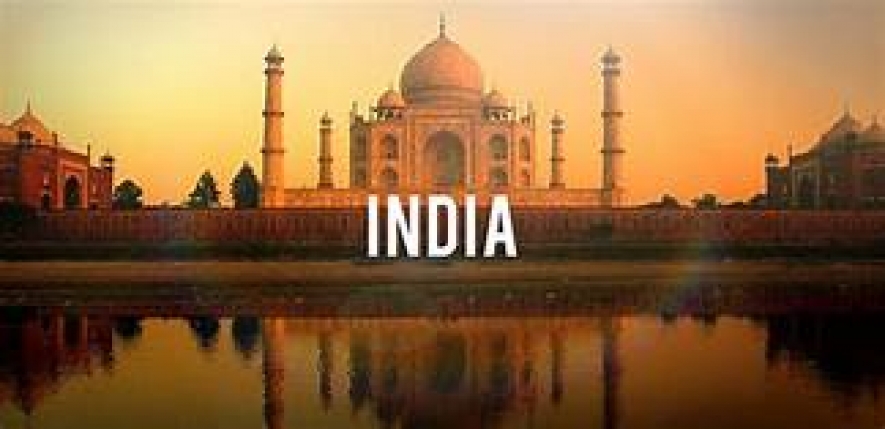This means that India’s per capita GDP continues to amount to just a fraction of that of France which is still roughly 20 times higher, according to World Bank figures.Manufacturing and consumer spending were the main drivers of the Indian economy last year, after a slowdown blamed on the demonetisation of large bank notes that Modi imposed at the end of 2016, as well as a chaotic implementation of a new harmonized VAT regime.
India has doubled its GDP within a decade and is expected to power ahead as a key economic engine in Asia, even as China slows down. According to the International Monetary Fund, India is projected to generate growth of 7.4 percent this year and 7.8 percent in 2019, boosted by household spending and a tax reform.
This compares to the world’s expected average growth of 3.9 percent.The London-based Centre for Economics and Business Research, a consultancy, said at the end of last year that India would overtake both Britain and France this year in terms of GDP, and had a good chance to become the world’s third-biggest economy by 2032. At the end of 2017, Britain was still the world’s fifth-biggest economy with a GDP of $2.622 trillion.The US is the world’s top economy, followed by China, Japan, Germany and Britain.



















